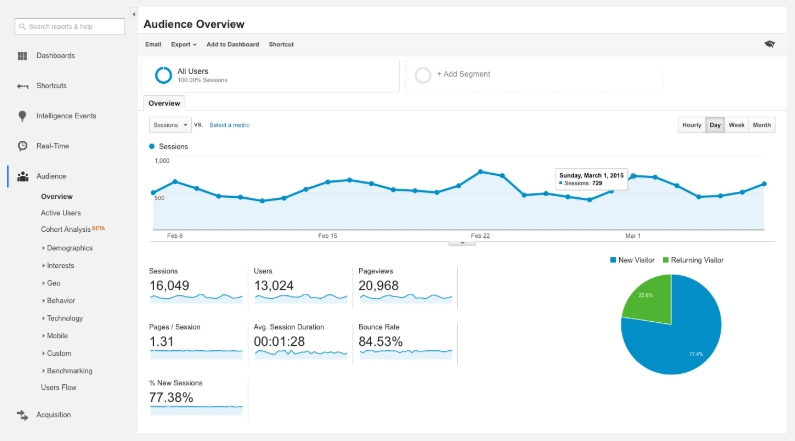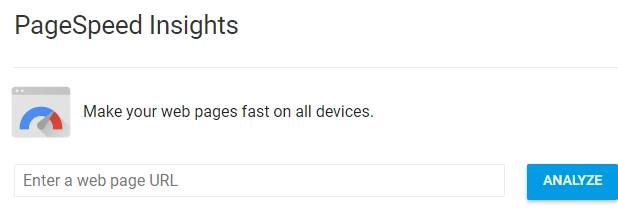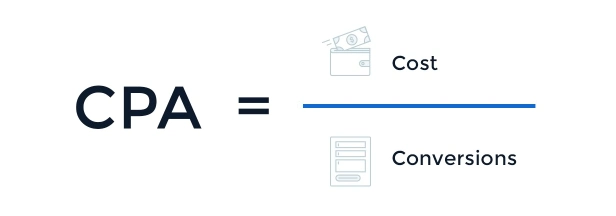13 Website Conversion Metrics You Should Be Tracking

As a business owner, can't prove your digital marketing campaigns are successful without analyzing conversion metrics.
You'll want to track your digital marketing metrics, and use those metrics to tweak and improve your website performance going forward.
Far too often, business owners are overly focused on improving JUST their conversion rates, leaving them with other pain points to address. While conversion rate is certainly a priority, it’s only a small piece of the overall website and digital marketing analytics puzzle.
So here are the top 13 website conversion metrics every company should be tracking:
Website Sessions
This metric is one of the most well-known and important of all data points — the total number of website visits. Google Analytics offers a graph to spot traffic trends:

Ideally, this graph should show a steady increase in the number of visits and sessions from each referral source. If you notice the number of sessions declining, you can revisit referral sources to identify any issues. This metric can help you determine what percentage of visitors convert, since it’s part of the formula that calculates conversion rate.
Website Users
This data point may seem similar to website sessions, but the difference here is users visiting your site, not total visits. When somebody visits your site multiple times, only one user is counted. This is critical because it indicates how many people return to your site — your most highly-interested prospects or loyal customers.
Website Pageviews
The pageviews metric (aka average page depth) shows how many individual pages people visited during their website session. Keep in mind that a single visitor can generate many pageviews, so a high count doesn’t necessarily mean many individual visitors.
Click-through rate (CTR)
Click-through rate is the percentage of people who have visited your post-click landing page or website by clicking your ad. CTR is calculated by dividing the number of link clicks by impressions and is a great way to gauge how well your audience responds to your ad creative. A low CTR indicates that your ads don’t appeal to them and that you should A/B test your ads to make them more appealing to click.
Mobile vs. desktop visitors
With mobile usage continuing to rise, you must pay attention to the number of people visiting your site on mobile devices. So, if most of your visitors come from mobile, a fast-loading, mobile-friendly site is important than ever so they stick around and don’t bounce.
Traffic sources
In addition to knowing the devices people use, recognizing which sources referred them to your site is equally important.
Google Analytics categorizes traffic sources into several categories:
- Direct – from a bookmark or directly typing the URL into the address bar
- Social – from a link on any social media platform
- Referral – from a link from another site
- Email – from an email link
- Organic search – from a link in search engine results
- Paid search – from a paid search ad
- Other – from anywhere else not mentioned above
You should aim for a variety of sources for incoming traffic and then analyze each one separately to make improvements and focus your efforts more appropriately. For example, if you find that your Facebook traffic is generating higher bounce rates, it could mean that traffic is irrelevant to your brand or offer. Conversely, if paid search visitors generate more sign ups and paid upgrades, focus more on that channel.
Page load time
Providing a great user experience is mandatory with everything in digital marketing, and page load time plays a huge role in that. The faster, the better. This is especially true when you consider Google includes this metric in its organic rankings.
For faster page load speeds on mobile devices — i.e., a better user experience. Test the page speed with tools like Google PageSpeed Insights:

Not only is page speed part of Google’s search algorithm, but it also impacts bounce rate. If your page loads too slowly, people will bounce. So to improve your chances of ranking high and ensuring people see your page, make it load lightning fast and monitoring it using page speed tools.
Time on site
Time on site (TOS), or average session duration, refers to how long a visitor spends on your site per visit. It is calculated by dividing the total duration of all sessions (in seconds) by the number of sessions. The higher the number, the better your conversion chances are:

The equation can be used in two ways: a visitors’ time spent on your entire website or individual pages. If you notice that visitors are spending double the time on your pricing page, but half the time on your signup page, your signup page should be revised to generate more conversions.
Bounce rate
This is the percentage of users who land on your website, perform no action, and bail immediately. Google calculates bounce rate by dividing the number of single-page sessions by all sessions:

A high bounce rate means your website isn’t appealing enough to make people want to stick around and browse. Broken down, it can mean several different things. There’s a good chance your page isn’t optimized for conversions (poor design, high load times, low usability, etc.), or traffic is coming from irrelevant sources. Either way, be sure to revisit those pages and make the necessary changes to reduce the bounce rate.
Interactions per visit
Even if your visitors aren’t converting on your desired action, pay attention to what actions they take on your site (e.g., commenting on a blog post). Every interaction can help you better understand visitor behavior and their path to purchase. And the more insights you collect, the easier it is to identify ways to improve conversion rates.
Value per visit
The primary goal here is to understand the value you’re getting from your site traffic. Value per visit is tied directly to interactions per visit and is calculated as the number of visits divided by total value created. However, calculating value per visit can be difficult because many intangibles are involved. For example, visitors on ecommerce sites create value by completing a transaction, but they also create a somewhat incalculable value by leaving a product review.
Cost per acquisition (CPA)
Cost per acquisition measures what it costs to acquire one customer. To find this number, divide all of the marketing expenses generated during the customer acquisition period, by the number of customers acquired during that period:

From there, ask yourself some basic questions: Is the customer bringing in more revenue than the CPA? If so, how much? Meaning, is there a healthy enough margin given all of the other business expenses? The answers to these questions should indicate whether your business is on a path to profitability or loss.
Return on ad spend (ROAS)
You want to make sure your ads are generating more money than you put in — or at least breaking even to acquire new customers. The best way to know this is to track the return on ad spend:

(Note: ROAS refers to the return on ad spend from specific ad campaigns, instead of the whole marketing picture which is what ROI does.)
By knowing your most and least financially effective ad campaigns, you can reallocate your budget to different campaigns accordingly.
Start Tracking the Digital Marketing & Website Conversion Metrics that Matter Most
Having a list of conversion metrics to analyze is mandatory; it’s the only way to continually monitor, tweak, and improve your campaigns for the best possible results.
To turn ad clicks into conversions, create dedicated, fast-loading post-click pages for every offer. See how to provide all of your audiences with unique post-click landing pages by scheduling a digital marketing consultation today!